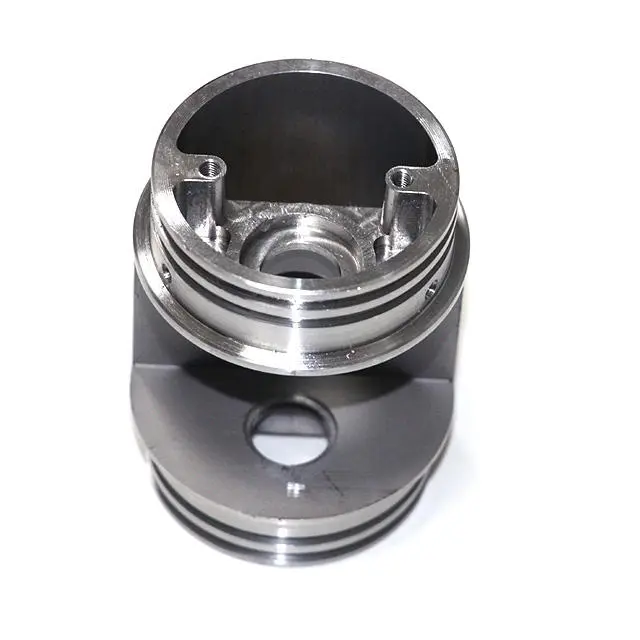
- +8615586668226
- [email protected]
- No. 30, Hongbang Endüstri Parkı, Shenzhen

Before diving into comparisons, let’s break down the basics of CNC machining and 3D printing.
CNC machining, or Computer Numerical Control machining, is a subtractive manufacturing process. It involves removing material from a solid block using computer-controlled tools to create precision parts. Known for its accuracy and versatility, CNC machining is widely used across industries like Havacılık ve Uzay ve Tıbbi Cihazlar.

3D printing, also called additive manufacturing, builds objects layer by layer from a digital model. It excels in creating complex geometries and is ideal for rapid prototyping and custom designs. Industries such as Robotik ve Tüketici Ürünleri often leverage 3D printing for its flexibility [[5]].
| Aspect | CNC İşleme | 3D Baskı |
|---|---|---|
| Süreç Türü | Subtractive (removes material) | Additive (adds material layer by layer) |
| Malzeme Seçenekleri | Metals, plastics, wood, etc. | Plastics, resins, some metals |
| Hassasiyet | ±0.005 mm tolerances | ±0.1 mm to ±0.5 mm tolerances |
| Yüzey İşlemi | Smooth, minimal post-processing | Rougher, often requires finishing |
| Üretim Hızı | Faster for high volumes | Slower for large batches |

For more details on specific applications, explore our resources on CNC Çözümleri ve İmalat Hizmetleri.
CNC machining typically has higher upfront costs but becomes cost-effective for large volumes. In contrast, 3D printing offers lower startup costs, making it ideal for small-batch or custom projects [[9]].
Combining CNC machining and 3D printing can unlock new possibilities. For instance, 3D printing can create complex internal structures, while CNC machining refines critical surfaces to meet precise tolerances. This hybrid approach is gaining traction in industries like Havacılık ve Uzay ve Tıbbi Cihazlar [[10]].

When deciding between CNC machining and 3D printing, consider the following factors:
Is CNC machining better than 3D printing?
It depends on your project. CNC machining is ideal for precision and durability, while 3D printing is perfect for complex designs and rapid prototyping.
Can 3D printing replace CNC machining?
No, but they complement each other. Many industries use both technologies to optimize production.
What materials can CNC machining handle?
CNC machining works with metals, plastics, wood, and specialty materials like jewelry wax.
How fast is 3D printing compared to CNC machining?
3D printing is faster for small batches, while CNC machining excels in high-volume production.
What are the environmental impacts of these technologies?
CNC machining generates more waste, while 3D printing is more sustainable due to its additive nature.
Blogumuzdan CNC imalatı ile ilgili en son trendleri ve gerçekleri öğrenin.
©2024. CNC İmalat Tüm Hakları Saklıdır.